#and the discs
Explore tagged Tumblr posts
Text
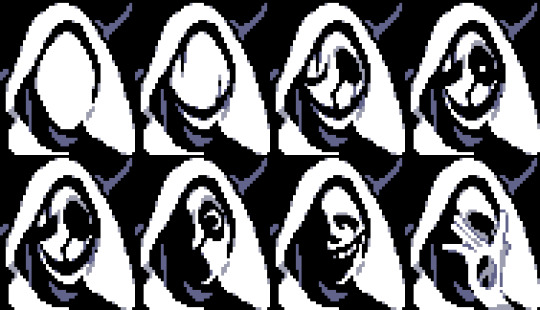
the gash weaves down as if you cry
11K notes
·
View notes
Text
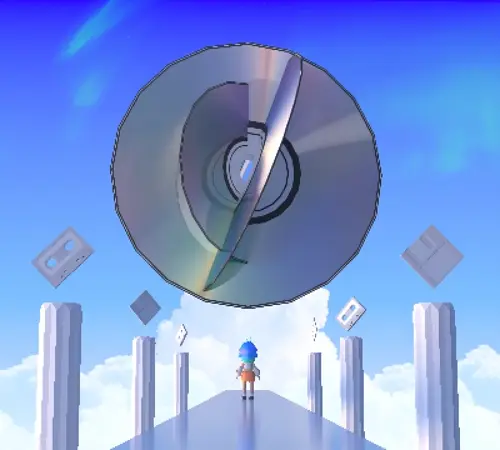
Music comes in many formats
#natsumi pocket#3d#b3d#blender#lowpoly#3dcg#low poly#low poly art#3d art#3d model#music artists#cd#compact disc#diskette#floppy disk#cassette tape#cassette#frutiger aero#dreamcore#liminal#dreamcore aesthetic#weirdcore#liminal spaces#liminalcore#n64#nintendo 64#playstation#cd angel#cyber angel#angelcore
14K notes
·
View notes
Text
I've been thinking of the "Can Granny Weatherwax beat Bugs Bunny" question and this is my full take for Discworld characters:
Vimes - Cares too much, too easy to piss off. Has the innate chase instinct that makes characters run into walls with realistic tunnels painted on them. Might get to arrest Bugs Bunny but the beast will just slip out of the handcuffs to help him lock them, then walk out of the jail cell to have a union mandated coffee break.
Ridcully - Classic hunting season scenario, but has enough charisma to probably still get a few good shots off before the inevitable.
Rest of the wizards - No survivors, only Bugs.
Carrot - The intense near-magical narrative aura of well meaning innocence should make him immune, Bugs will likely be forced to be the villain of the episode.
Lord Vetinari - Flattened by a comically large anvil in the first few minutes of the episode, unclear if it was all a part of his long term strategy or not.
Moist - Has the 'lovable trickster getting away with it' energy, but nowhere near Bugs level. Already fell for the "old lady who swallowed a fly" scenario with the stamp slugs once, won't fare any better here.
Death - Definitely one of those "character is trying to avoid death" episodes, would go back and forth. Might actually get to end Bugs but his spirit will reappear in Death's domain and ruin his garden.
Nanny Ogg - The ultimate in anti-Bugs technology, a gleefully annoying old lady who doesn't give a fuck and definitely won't be the first to instigate the plot bearing conflict. This is a full sweep, he's the episode antagonist.
Granny Weatherwax - Too win-motivated to not lose. Would have to break the story to have any chance. Might do it.
Magrat - Will have sappy ideas about helping the poor animal which honestly has the 50:50 chance of either getting slapsticked or Bugs ending in a ye olde stroller&pacifier gag.
Colon&Nobby - Designed in a lab to be totaled by Bugs Bunny.
Tiffany Aching - A child that also has a large pan that is the perfect thing to hit someone over the head with and make a BOIOIOINGGG sound, so great odds.
#this is on looney toons turf#if we're on disc turf then bugs is some sorta narrative causality nuisance and either gets beaten or recruited into the watch#discworld
6K notes
·
View notes
Text
grabbing all trans men by the fucking shoulders oh my god. you are allowed to be angry. you SHOULD be angry. you should not have to clarify your words to death, going "i know i dont have it as bad, but-", or put yourself down, "haha yeah, men suck dont we?", you are trans, and you are worthy, and you belong in this fucking community and you deserve to have your voice heard.
trans men get fucking angrier
#anti transmasculinity#transandrophobia#been seeing. some bullshit today!#i try not to discourse post its bad for me but ohhhh my god.#my rants#my posts#transmasc#trans man#disc horse
6K notes
·
View notes
Text

Flora (1987)
#digipak#cd#cds#physical media#album art#1987#ambient#hiroshi yoshimura#compact disc#sky#flora#80s#hologram parade
4K notes
·
View notes
Text
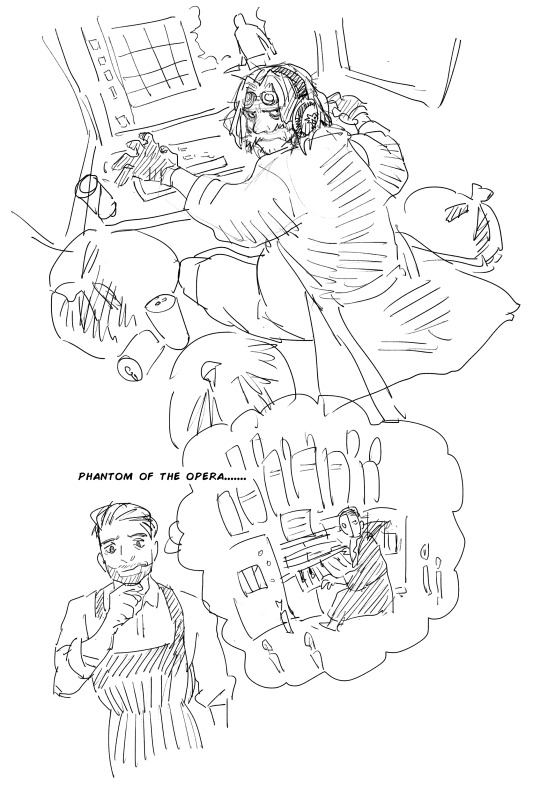
#dr eggman#ivo robotnik#agent stone#stobotnik#my art#greasybotnik is my favorite botnik.....#his disc*elysium era#i love his long hair and big belly if i were stone id go insane with lust#right after powerwashing him
6K notes
·
View notes
Text
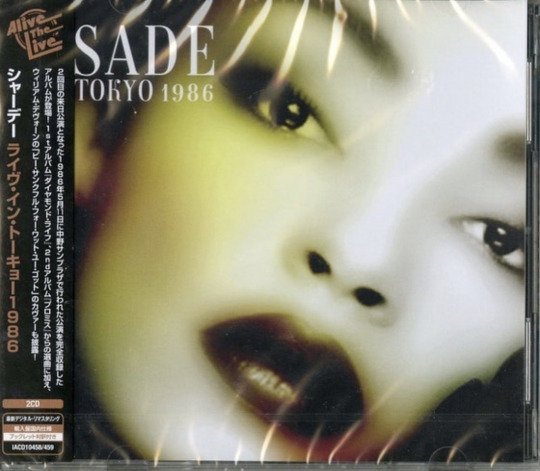

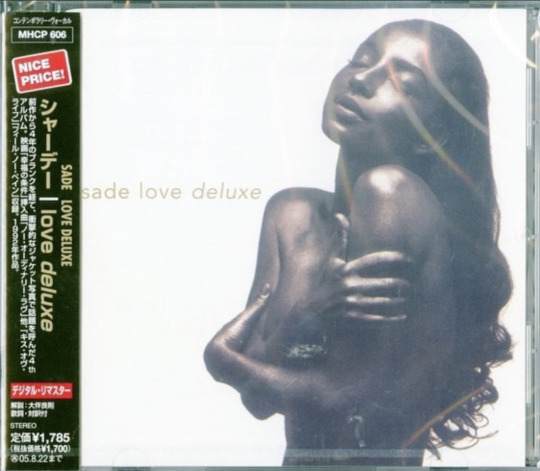
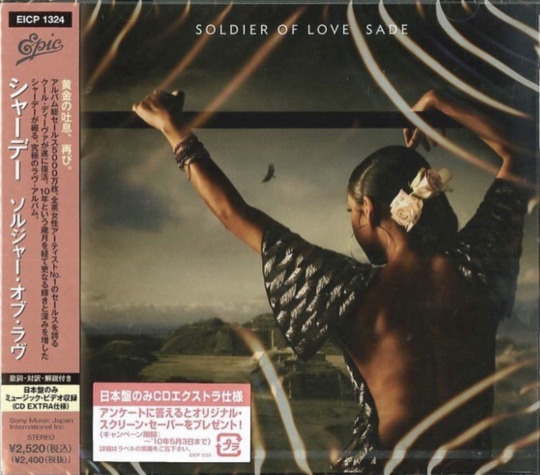


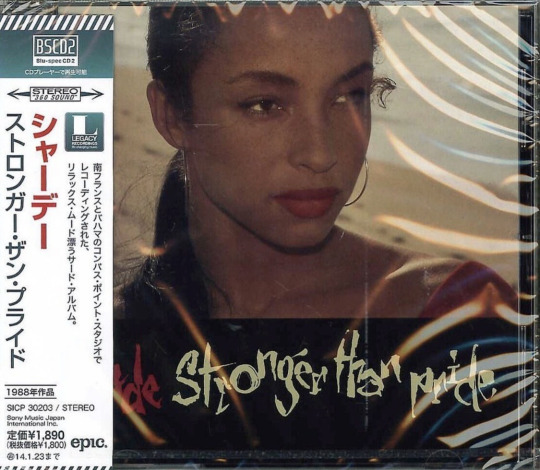

6K notes
·
View notes
Text
It still fascinates me how DJ is short for Disc Jockey, as if to ride the waves of music like a stallion
#thoughts that keep me up at night#I'm not saying that's the proper terminology for 'jockey'. I'm saying the visual of 'jockey' with 'disc' in front makes a fun image
8K notes
·
View notes
Text
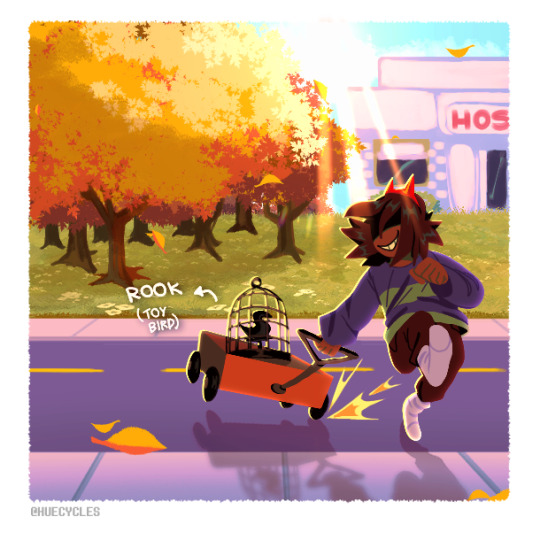
stay sanguine, my fellow bluebird
4K notes
·
View notes
Text
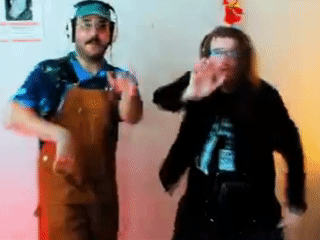
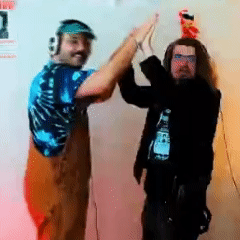
2K notes
·
View notes
Text

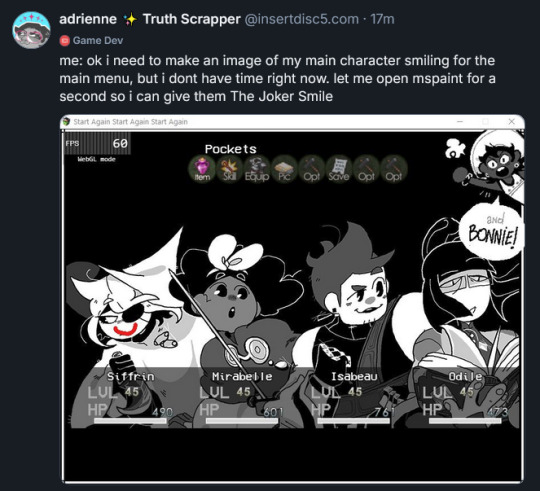
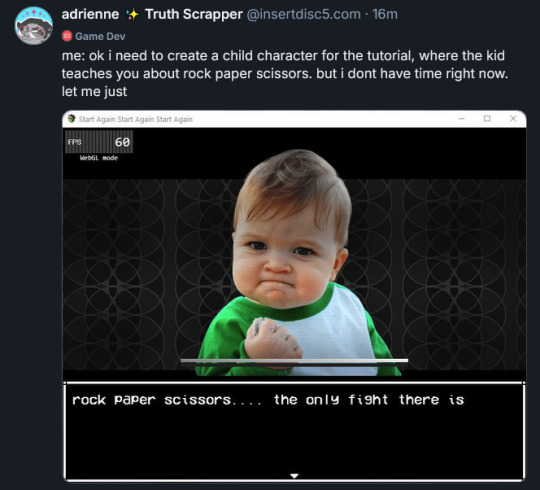
buy my game it doesnt have AI images as placeholder in it
#in stars and time#dont mind me theres discourse and i love disc horse#thats where the disc in my name comes from (lie)
3K notes
·
View notes
Text
Starting the new year with birds (<- my one true obsession)
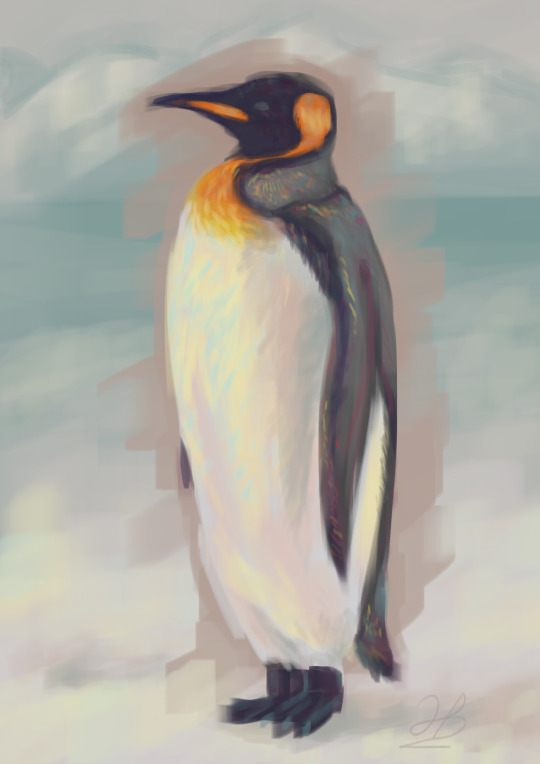
[Pengwing, 2025]
its so cold where i live and we have gotten hit with snowstorms for the past week, so my mind went to penguins in antartica today.
+ bonus pingu below the cut!

Mr. Handsome, Mr. Scary, and Mr. Clumsy.
#penguin#my art#digital art#artists on tumblr#i used to watch so much pingu as a child omg i just remembered#i think i still have the discs too#fuck it im adding the tag#pingu
3K notes
·
View notes
Text

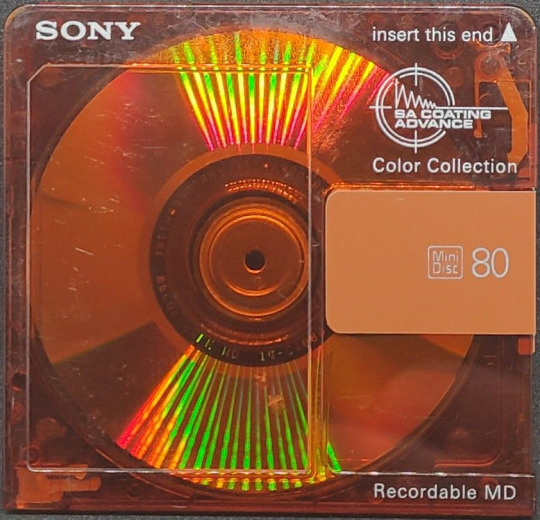

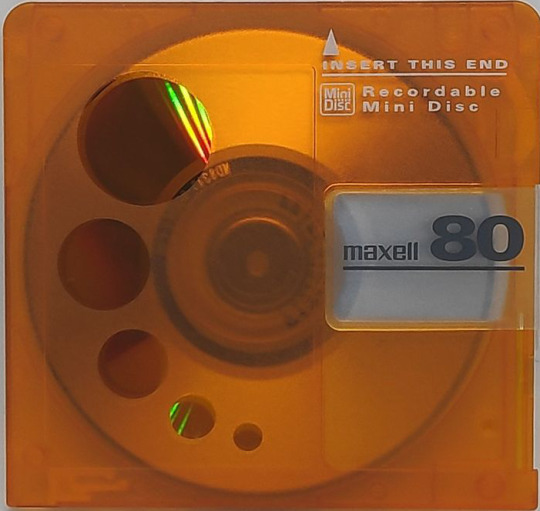





#minidisc#mini disc#clear tech#translucent tech#transparent tech#transparent#techcore#frutiger aero#90s
3K notes
·
View notes
Text
As you go to bed tonight don't forget to leave out your hardboiled egg and lilac for John Keel
#discworld#disc world#25th of may#glorious 25th of may#sam vimes#night watch#john keel#hard boiled#egg
1K notes
·
View notes
Text
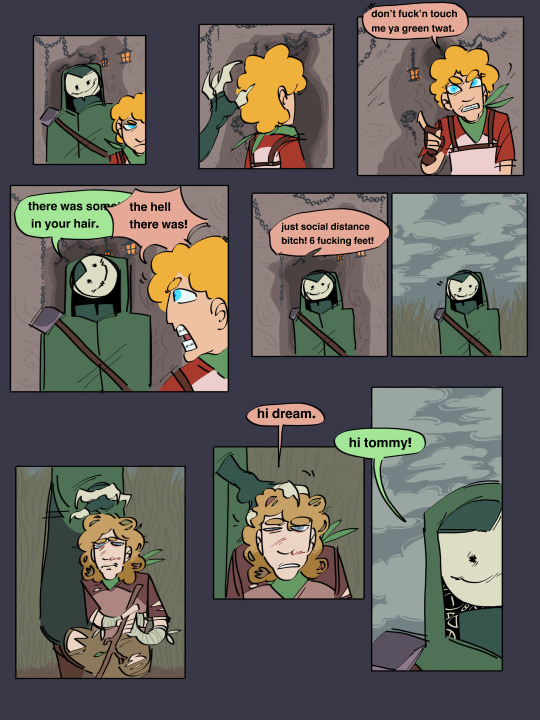
disc duo makes me violent in a bad way
1K notes
·
View notes